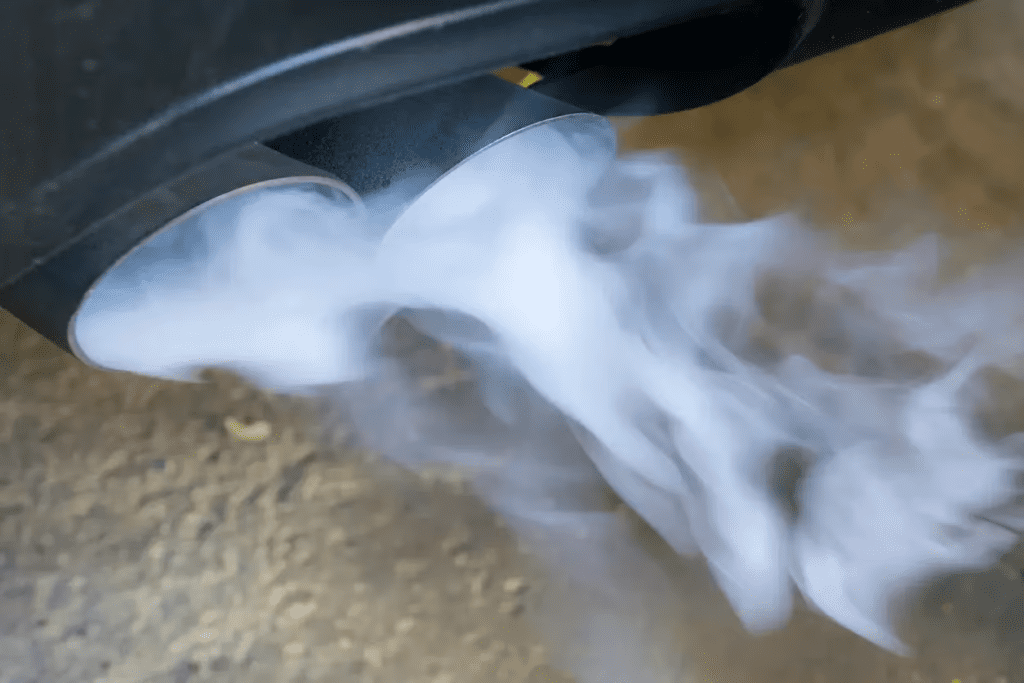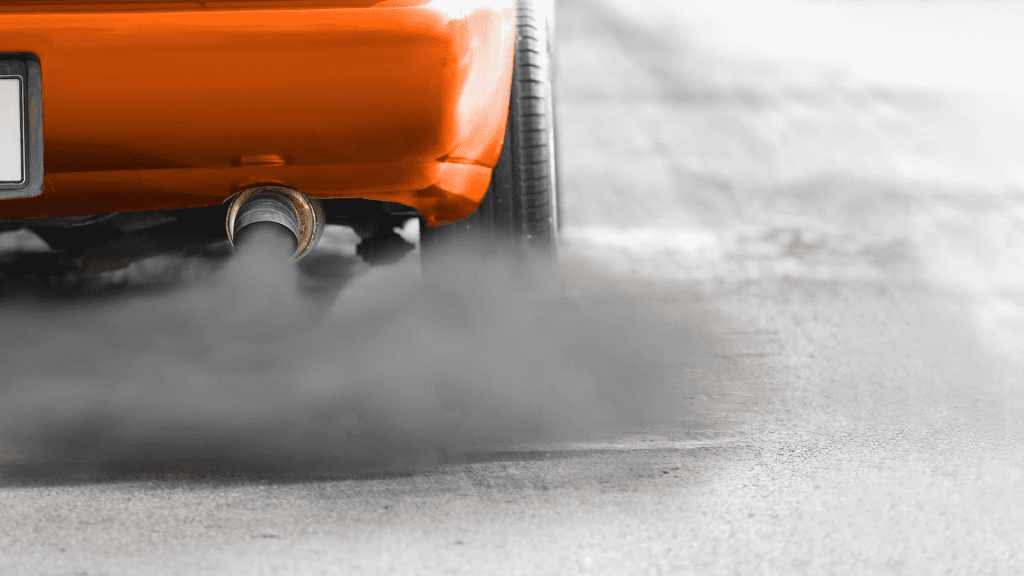When you start your car, you may occasionally notice smoke coming from the exhaust pipe. While some smoke is normal, especially on cold mornings, persistent or unusually colored smoke can be a warning sign. The color of your engine smoke isn’t just a random occurrence; it can tell you a lot about what’s happening under the hood. Recognizing these colors and understanding their meanings can help you diagnose potential issues early, saving you time and money in the long run.
Why Do Cars Emit Smoke?

Combustion engines produce byproducts during the burning of fuel, which are expelled through the exhaust system. Normally, these gases are filtered by devices like catalytic converters, reducing harmful emissions. However, if your car is emitting visible smoke, it might suggest an imbalance or malfunction in the engine. In many cases, different colors of smoke can signal specific problems.
Black Smoke: Excessive Fuel Burning
If you see black smoke coming from your exhaust, it often means your engine is burning too much fuel. This over-fueling could be due to a few different issues:
- Clogged Air Filter: When the air filter is blocked, the engine receives more fuel than it should, causing black smoke.
- Faulty Fuel Injectors: Malfunctioning injectors can send too much fuel into the engine, resulting in incomplete combustion and black smoke.
- Vacuum Leaks: These leaks alter the air-to-fuel ratio, leading to excessive fuel burning and higher fuel costs.
In addition to increasing fuel consumption, black smoke can be a sign of deeper issues, such as a worn-out engine. Addressing black smoke early on can prevent potential engine damage and keep your car running smoothly.
Blue Smoke: Oil in the Combustion Chamber
Blue smoke is a sign that oil is burning along with fuel. This can happen when oil leaks into the combustion chamber, mixing with gasoline and creating blue-tinted smoke as it exits the exhaust. Here’s what might be causing it:
- Worn Piston Rings: These rings seal the combustion chamber and, when worn out, can allow oil to seep into the chamber.
- Damaged Valve Seals: Like piston rings, valve seals keep oil out of the combustion area. When these seals are worn, oil can enter and burn during ignition.
- Clogged Oil Filters: In some cases, blue smoke might result from a clogged oil filter, which affects the engine’s oil flow and leads to burning.
Blue smoke is a warning sign that should not be ignored, as it indicates engine oil loss and could lead to severe engine damage if not addressed promptly.
White Smoke: Burning Coolant or Water Vapor?

White smoke can vary in severity depending on when and how it appears. A small amount of white smoke when you first start your car may just be water vapor, especially in colder weather. However, continuous white smoke is usually a more serious issue:
- Burning Coolant: This could be due to a leaky head gasket or even a cracked engine block. The coolant mixes with fuel and air, creating thick, white smoke when burned.
- Engine Overheating: Burning coolant reduces coolant levels, leading to potential overheating issues. Prolonged overheating can damage your engine severely.
If you notice persistent white smoke, it’s best to have your car inspected by a mechanic to prevent overheating and costly repairs down the line.
Gray Smoke: A Sign of Oil Leaks and Transmission Trouble

Gray smoke can be a bit more ambiguous, as it may indicate a range of problems. Some of the common culprits behind gray smoke include:
- Valve Stem Seals: Similar to the issue behind blue smoke, faulty valve stem seals can let oil leak into the combustion chamber, leading to gray smoke.
- Piston Ring Problems: Worn piston rings can allow both fuel and oil to burn improperly, creating gray smoke.
- Transmission Fluid Burning: In rare cases, gray smoke could mean transmission fluid is burning in the engine. This is a more serious issue that requires immediate attention.
Gray smoke can mean various things, so it’s crucial to seek professional help to pinpoint the exact issue and prevent further damage.
Understanding the Causes: Why You Should Pay Attention to Engine Smoke
Seeing smoke coming from your car’s exhaust is not something to ignore, especially if it persists. Each color of smoke points to specific potential problems:

- Black Smoke: Suggests the engine is burning too much fuel, which could be due to air filter clogs, faulty injectors, or vacuum leaks.
- Blue Smoke: Indicates that oil is burning, usually due to worn piston rings, valve seals, or other issues.
- White Smoke: Signals the burning of coolant or water vapor. Persistent white smoke often points to a coolant leak, which could lead to overheating.
- Gray Smoke: May suggest oil leaks, piston ring damage, or even transmission fluid issues.
Understanding these colors and their causes can help you take action promptly. Addressing the root cause early can save you money and extend your car’s lifespan.
What to Do When You See Smoke: Quick Tips for Drivers
- Don’t Ignore It: Persistent smoke is rarely harmless. Even if the issue seems minor, prolonged neglect can worsen the problem.
- Check Your Car’s Fluids: Check oil and coolant levels regularly, as they can indicate leaks or burning if they’re low.
- Visit a Mechanic: If you’re unsure about the cause, it’s best to consult a professional. They can diagnose the issue accurately and prevent costly repairs.
Conclusion: Smoke Signals That Shouldn’t Be Overlooked
Engine smoke may seem like a minor inconvenience, but it can reveal a lot about the health of your car. By understanding what each color means—black, blue, white, or gray—you can stay informed about potential engine issues and act accordingly. Remember, a well-maintained vehicle runs better, lasts longer, and keeps you safe on the road. So, the next time you see smoke coming from your exhaust, take a moment to observe the color. It might just save you from a bigger problem down the line.


